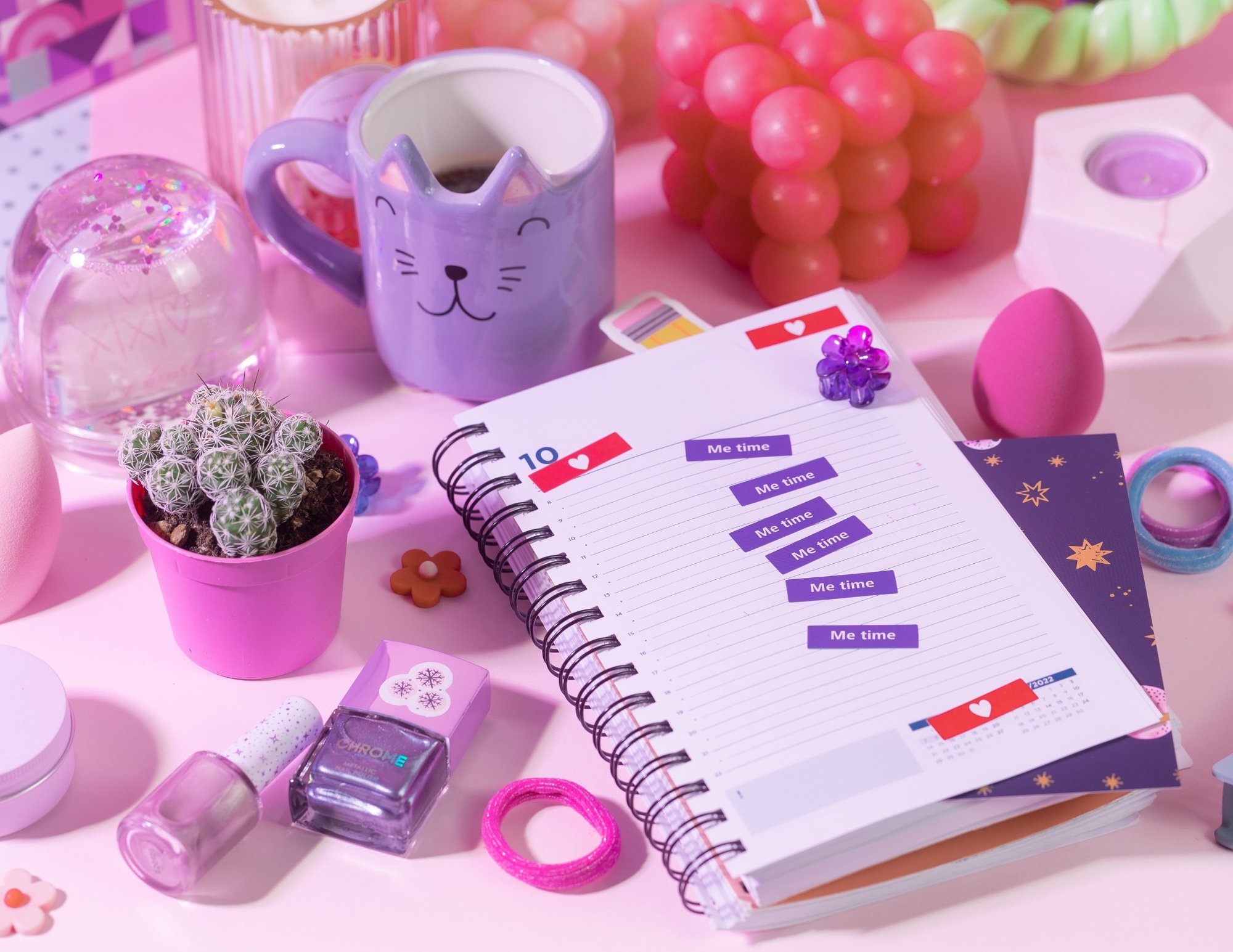While a positive school environment has a profound impact on your child’s academic success and overall well-being, healthy peer relationships also serve as a cornerstone of their school experience. Beyond textbooks and test scores, the ability to form and maintain these relationships is a learned process that requires skills such as empathy, boundaries, communication, and emotional intelligence.
Children’s relationships slowly evolve from the side-by-side play of preschool to the far more socially complex levels of engagement in elementary and beyond. There are shifts in friendships, new group dynamics and allegiances, and invariably, conflicts. The support and guidance of parents as children navigate this changing landscape cannot be overstated: social-emotional learning acts as a foundation for success in the classroom, the workplace, and their communities. Research even suggests that early demonstrations of social skills in primary school can be predictive of better academic achievement down the road.
EMPATHY & BOUNDARIES
The first place children learn empathy and healthy boundaries is at home. When the adults in their lives are active listeners, calm but firm holders of boundaries, and effective communicators with their own relationships, children pick up on these cues and start to act them out in their interactions outside the home. Empathy is also modeled by how the adults in their lives respond to their childhood woes. Sometimes, adults forget that while the social problems of a child might seem insignificant from an adult perspective, they can feel like the world to that child. For example, if your child feels left out, validate and empathize with that pain, and then brainstorm ways to initiate connections or find new groups to join.
Another simple strategy for teaching empathy is to expand their capacity for perspective-taking - a form of cognitive flexibility. Together, explore how their words and actions might affect others. Help them understand that disagreements are a normal part of relationships, and they are responsible for learning and improving their conflict resolution skills. Calm communication, a willingness to compromise, and stepping away as needed are all ways of taking into consideration another person’s needs and feelings at the same time as one’s own.
COMMUNICATION SKILLS
When it comes to cultivating healthy peer-peer relationships, communication skills are an essential and complex piece of the puzzle. Children need opportunities to practice active listening, understanding social cues and body language, adapting behavior to different settings, and recognizing when to speak and when to listen. Create space in their daily lives - extracurricular activities, sports, community groups - where they can refine these skills in varied environments. It is especially helpful if they are able to interact with a diverse range of individuals, participate in teamwork, and learn to navigate various social hierarchies.
If you notice communication behaviors that are not socially appropriate, try to provide the feedback in private to avoid shame or embarrassment. Acknowledge they are learning these skills, and then offer alternative ways of communicating that would be more socially accepted. For instance, if your child struggles with eye contact, you might make that a daily habit of intentional practice and collaborative reflection. Or perhaps it’s about building higher levels of gratitude and connection, and the goal is to regularly express gratitude or provide at least one sincere compliment to someone they encounter. Small things like these help teach children that not only are these behaviors important, but they are also learned and mastered over time.
EMOTIONAL INTELLIGENCE
In addition to communication skills, emotional intelligence is perhaps one of the most crucial elements in building positive peer relationships. Emotional intelligence is the ability to identify, understand, and manage one’s own emotions, as well as knowing how to recognize and influence the emotions of others. As a parent, this can be supported by offering a safe space for emotional expression without judgment, helping them label their emotions and explore healthy methods of self-regulation, recognizing triggers, and guiding them toward constructive solutions.
Ultimately, academic achievements are not all that is required for a school year to be successful: the richness of a child’s social experiences and connections plays a critical role. As parents and educators actively support the development of strong social skills, foster emotional intelligence, and guide them through complex social dynamics, children are empowered to thrive both in the classroom and the world at large. A sense of community and belonging among their peers is an integral part of helping young people become confident, well-rounded adults.
Written by Brandi R.








